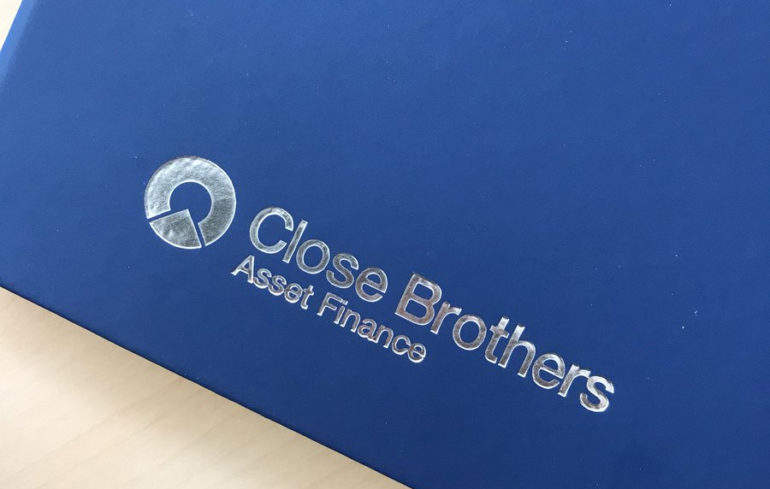Peter Hunt analyses the FLA
market statistics for the year 2010 to 31 October.
It is concerning to see that at
£1.44bn (€1.7bn), business finance excluding big ticket
transactions was down 4% in October, against a weak comparable
month in 2009.
At £406m, big ticket volumes for
October were the second highest of any month in 2010, continuing
the mini-revival since the August low point of £46m. The big ticket
market is naturally erratic so little should be read into a single
month’s data. Having entered the downturn later than other parts of
the business finance market, the big ticket market remains 43% down
year-to-date on last year.
Consumer finance continues to look
weak, with three-month moving averages staying stubbornly below
2009 figures and year-to-date volumes down 6% on last year.
For the year-to-date, business finance
(excluding big ticket) shows marginal growth of 1%, but this
potentially hides a disturbing weakness in demand.
How well do you really know your competitors?
Access the most comprehensive Company Profiles on the market, powered by GlobalData. Save hours of research. Gain competitive edge.

Thank you!
Your download email will arrive shortly
Not ready to buy yet? Download a free sample
We are confident about the unique quality of our Company Profiles. However, we want you to make the most beneficial decision for your business, so we offer a free sample that you can download by submitting the below form
By GlobalDataThe growth has been driven by business
car finance, up 9% for the year-to-date, while other assets are
still 3% below last year’s volumes.
This weakness continues to apply
across all major asset categories (see charts, right).
After strong year-on-year gains in the
early part of 2010 (in part stimulated by government incentives),
business car finance has now weakened and may be in the process of
normalising alongside other asset classes. The three-month moving
average for business car finance has now become negative at -2.5%
year-on-year; and the overall market showed a year-on-year drop for
the three months to 31 October.
If weakness in car finance continues
and there are no material improvements in other asset categories,
the business finance market may in effect experience an investment
double dip.
Though with the year-to-date market
still 32% below its 2008 figures, volumes over the coming months
are more likely to seem like a continuation of ongoing poor trading
conditions.
The latest Bank of England Agents
Report highlights increasing investment intentions, in
particular among larger companies, but also continued deleveraging
and cash piling during current economic uncertainty.
These counterbalancing forces are
likely to remain in place and could continue to subdue investment
funding demand. Most companies reported investment related to
replacement cycles, notably in cars and IT.
There has been a shift in 2010 in
terms of the business funding of new cars, with a 3% drop in
operating leasing and a 43% rise in hire/lease purchase.
If this signifies increased caution in
taking residual value positions, it would also represent a growing
distinction between finance providers and the more value-adding,
fleet management industry.
Comment
Continued low trading volumes without
any material recovery will lead to ongoing shrinkage of
portfolios.
While profits will be protected by
high margins achieved on more recent business, there may be
opportunities (or even an imperative) for further efficiency
improvements in the sector.
At this point, business owners –
especially those with a strong operating platform but weak new
business volumes or funding capability – may wish to reconsider
divestment options.
The spike in car finance in early 2010
suggests that well-positioned government incentives can stimulate
investment; and that the greatest driver of new business volumes
for finance companies is stimulation of asset demand.
A key question would be how to gain
political acceptance for future incentive programmes against a tide
of public spending austerity, and would most likely require
alliances with specific asset-related trade bodies that align with
the coalition’s industrial strategy.
The author is a partner at the
consulting and services firm Invigors, peter.hunt@invigors.com









